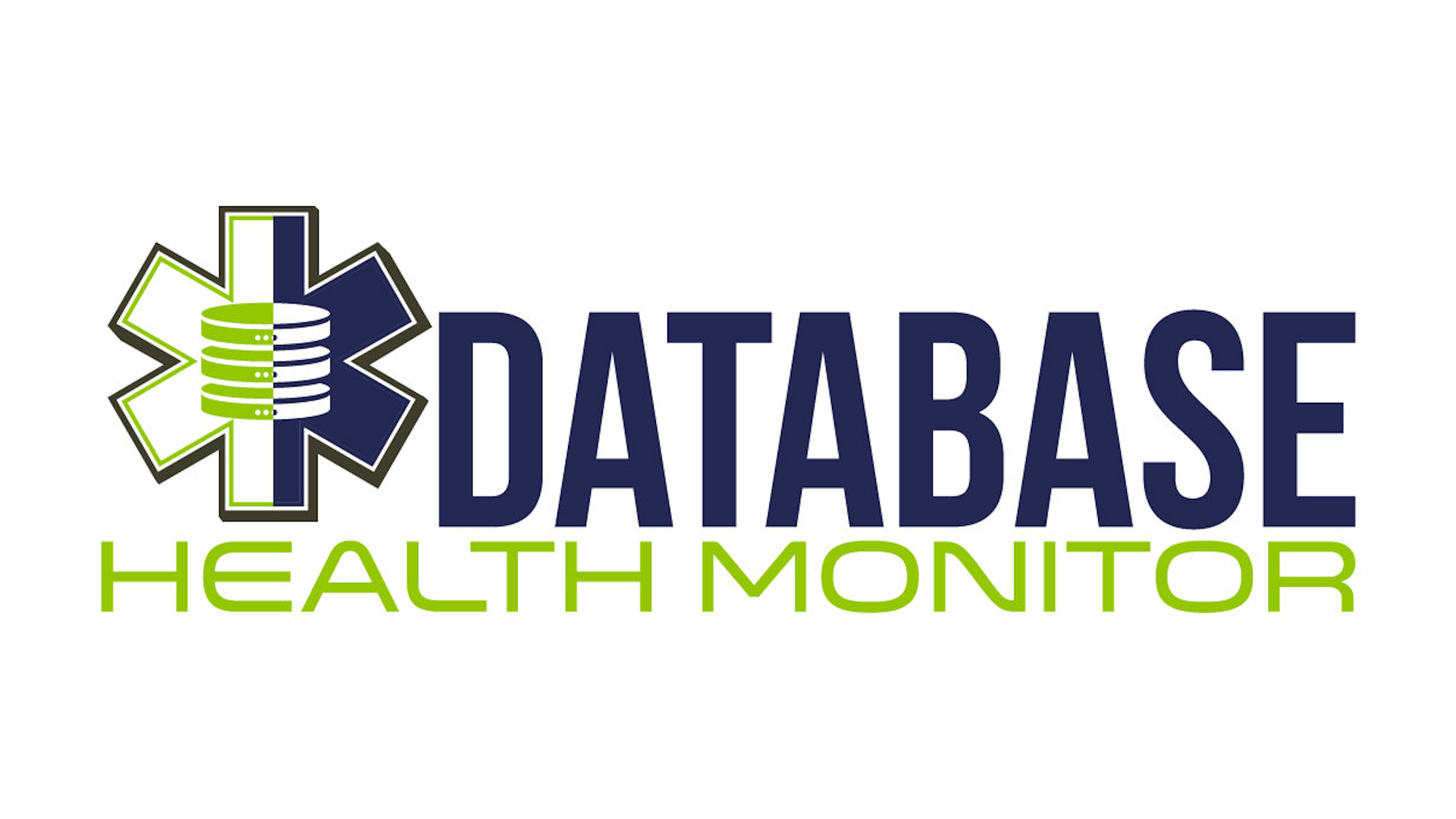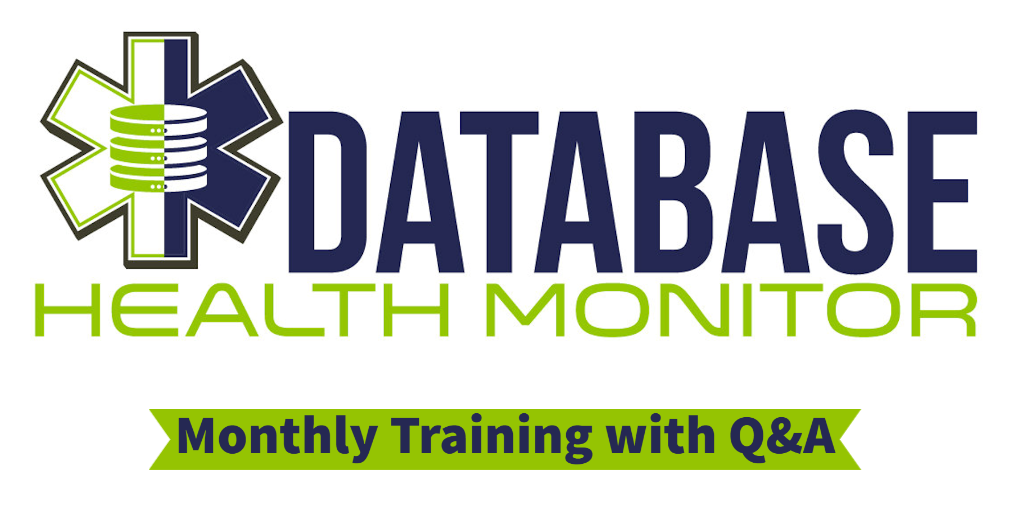Unresponsive or Crashing Server?
Blocking in a SQL Server can have serious consequences if not addressed promptly. If left unchecked, blocking can cause a backlog of queries that can eventually lead to the server becoming unresponsive or even crashing. To avoid this, it’s important to monitor for blocking and take action as soon as it occurs. One way to do this is by setting …








